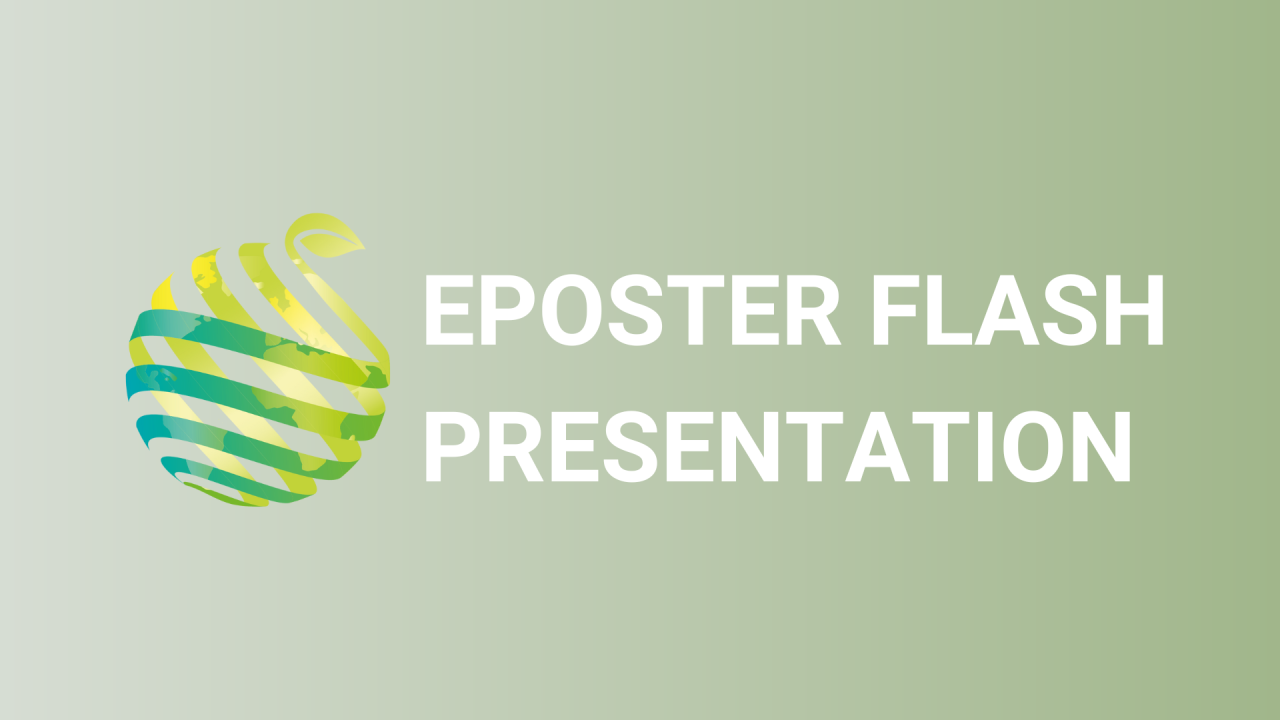

S06 - Session P11 - Sensor applications, sensor and model for climate management in controlled environments - Use of augmented natural ventilation and 'double roof' with photoconversion films to improve tomato photosynthesis tomato crop inside greenhouses
Information
Authors: Francisco Domingo Molina Aiz *, Séverine Lemarie, Kristof Proost, Frederic Peilleron, Alejandro López Martínez, Diego Luis Valera Martínez, M. Angeles Moreno Teruel, Mireille N. Honore
The aim of this work was to analyze the effect on greenhouses microclimate of a larger side ventilation surface and a double roof with spectrum photoconverter film, as alternative to the cover whitewashing. To avoid excessive temperatures in summer, Mediterranean greenhouses are painted with calcium carbonate to reduce cover transmissivity. The drawback of the whitewashing is the severe reduction of transmissivity to the photosynthetically active radiation (PAR). As consequence, plants photosynthetic capacity and crop productivity can be significatively reduced. In commercial greenhouses of Almeria (Spain), transmissivity of whitewashed covers is reduced under 0.2 and their deficient ventilation capacity decreased the CO 2 concentration in the central area, reaching 370 ppm, well below the values of 420 ppm measured nearby the side vents (comparable to the outside concentration). Plant photosynthesis depends mainly on the incident PAR at the top canopy and the concentration of CO 2 in the crop volume. New films, developed incorporating fluorescent dyes in plastic sheets, can modify the incident solar spectrum to wavelengths that are more suitable for photosynthesis. The elevated atmospheric concentrationresulting from the anthropogenic CO 2 emissions, allows rise inside CO 2 concentration increasing greenhouse natural ventilation. The use of a photoconversion film installed as 'double roof', without whitewashing of the greenhouse cover, allowed to increase by 40% the PAR (from 349 µmol m n2 s n1 to 492 µmol m n2 s n1 ). In addition, the increase of 10% of the total ventilation surface (from 16.6% to 26.0% of ground surface) using side opening of 3 m (instead of the standard opening of 1 m) allowed to increase 4% the concentration of CO 2 in the area occupied by the crop (from 408 ppm to 425 ppm), with a slight increase in the temperature of the tomato leaves (from 28.9°C to 29.3°C).